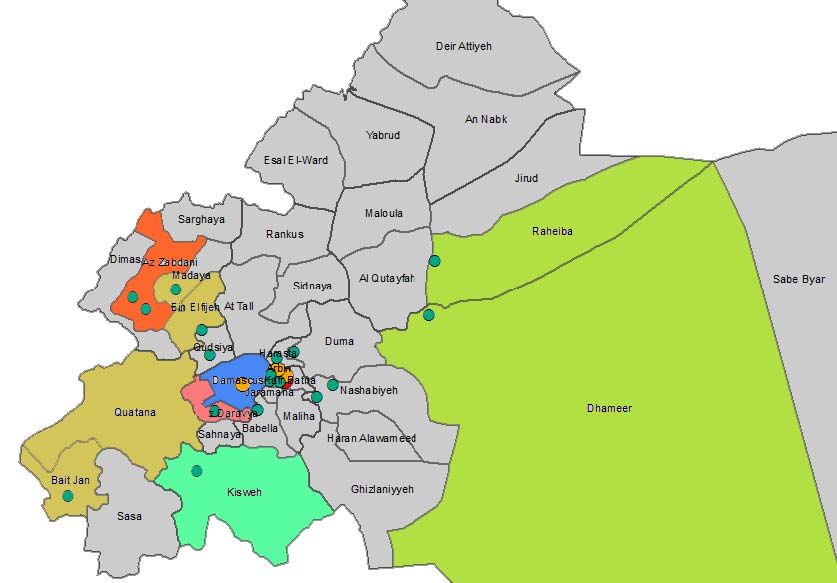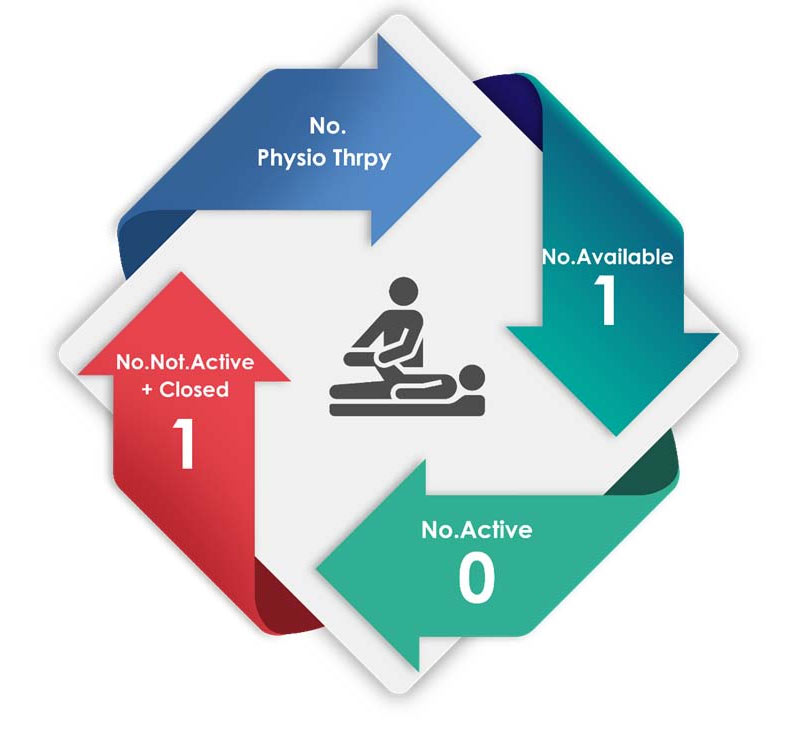Damascus (Arabic: دمشق Dimashq IPA: [ˈdiːmaːʃq]) is the capital and the second-largest city of Syria after Aleppo. It is commonly known in Syria as ash-Sham (Arabic: الشام ash-Shām) and nicknamed as the City of Jasmine (Arabic: مدينة الياسمين Madīnat al-Yāsmīn). In addition to being one of the oldest continuously inhabited cities in the world, Damascus is a major cultural and religious center of the Levant. The city has an estimated population of 1,711,000 as of 2009.[2]
Located in southwestern Syria, Damascus is the center of a large metropolitan area of 2.6 million people (2004).[3] Geographically embedded on the eastern foothills of the Anti-Lebanon mountain range 80 kilometres (50 mi) inland from the eastern shore of the Mediterranean on a plateau 680 metres (2,230 ft) above sea level, Damascus experiences a semi-arid climate because of the rain shadow effect. The Barada River flows through Damascus.
First settled in the second millennium BC, it was chosen as the capital of the Umayyad Caliphate from 661 to 750. After the victory of the Abbasid dynasty, the seat of Islamic power was moved to Baghdad. Damascus saw a political decline throughout the Abbasid era, only to regain significant importance in the Ayyubid and Mamluk periods. During Ottoman rule, the city decayed while maintaining a certain cultural prestige.[citation needed] Today, it is the seat of the central government and all of the government ministries.- Wikipedia
On the Government Level – Only three hospitals were surveyed in Damascus city, which appear in blue part of this map

DAMASCUS HOSPITAL RESEARCH AND STATISTICS:




